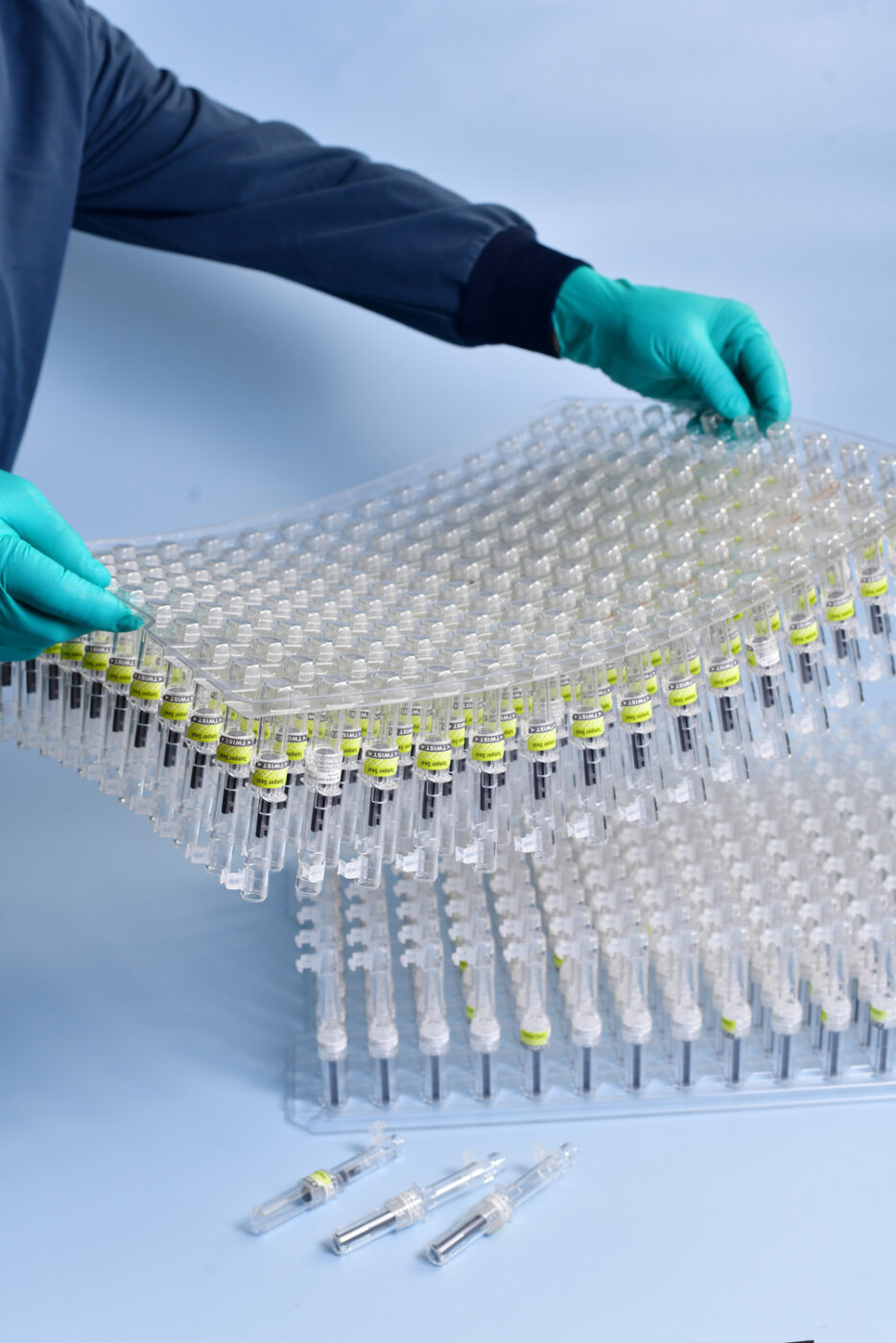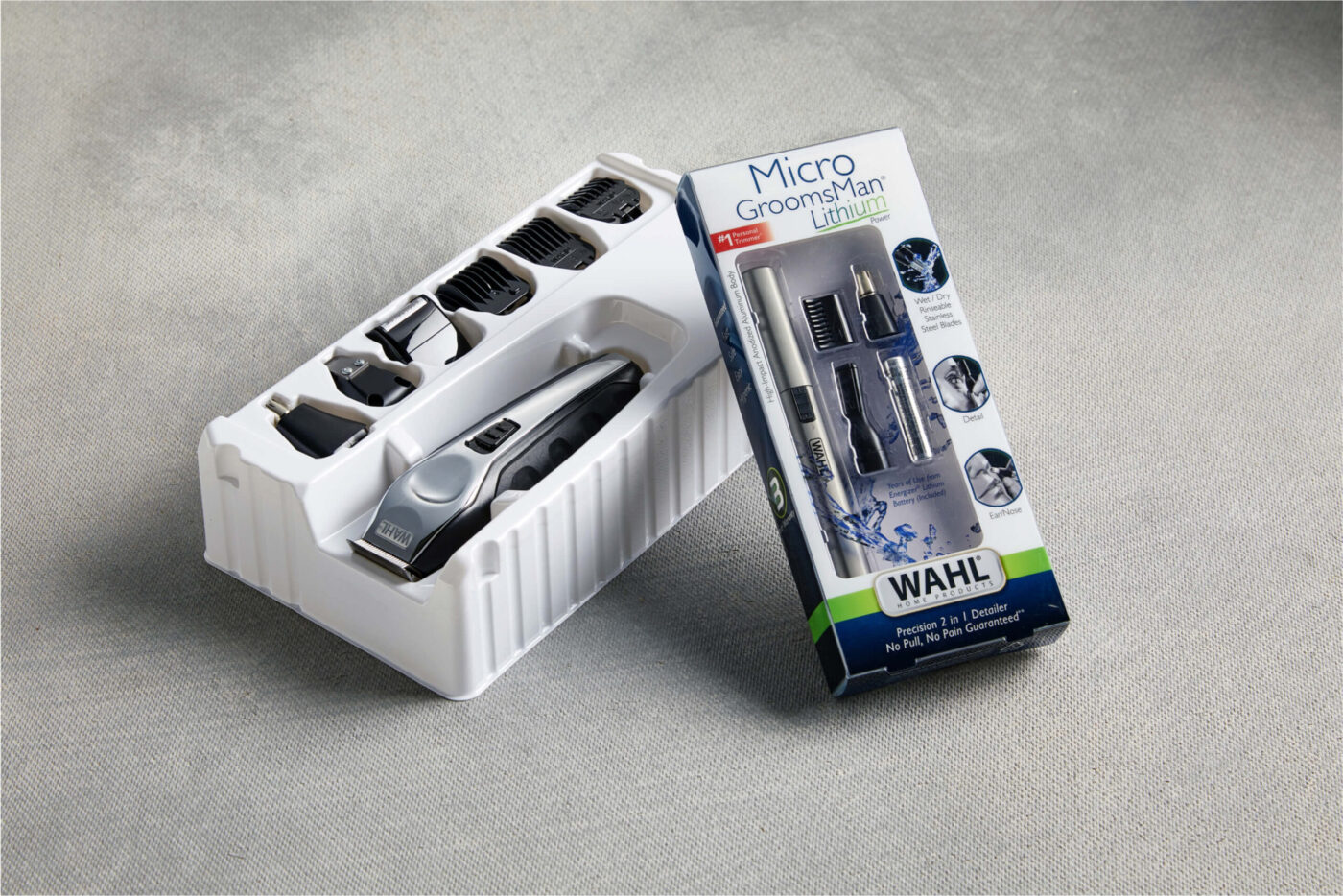
In the fast-paced world of healthcare and pharmaceuticals, thermoformed automation trays, also…


A new study sponsored by The American Chemistry Council (ACC) and the Canadian Plastics Industry Association has revealed that plastic packaging has significant benefits over other packaging alternatives. The study, titled “Impact of Plastics Packaging on Life Cycle Energy Consumption and Greenhouse Gas Emissions in the United States and Canada,” revealed that plastic packaging could actually reduce greenhouse gas emissions and total energy use compared to other packaging options created with substitute materials.
The study examined various plastic products, including beverage containers, caps, closures, shrink wrap, rigid containers, shopping bags and other types of packaging solutions. Those conducting the study used life cycle assessment methodology as they compared plastic packaging to substitute materials.
After analyzing the life cycle value of six major plastic packaging options throughout the United States and Canada, the study found that plastics produce a lower weight compared to alternatives, which, in turn, results in reduced energy and greenhouse gas emissions.
According to Plastic Packaging Facts, plastic packaging substitutes weighed 348 percent more than regular plastic packaging. The substitutes also used 82 percent more energy and created a 128 percent higher risk for global warming. Because plastic packaging weighs less, it costs significantly less to ship—which leads to direct decreases in greenhouse emissions and energy used. Plastic is also easily recyclable, unlike many alternatives.
While companies use plastic alternatives with the idea in mind that they would reduce waste and be more environmentally friendly, according to this study, the opposite seems to be true. For example, if all packaging companies switched to alternative materials, this would be the equivalent of adding 15.7 million cars to the road in terms of global warming potential. The substitute materials also create the equivalent of the energy used to power 91 oil tankers—which, in turn, increases the products’ cost.
At PI, we continuously find that plastic has many advantages over alternatives. Given research studies such as this one, we only envision plastic packaging solutions becoming more sustainable and desirable over alternatives that require vast differences in energy use.
To view the “Impact of Plastics Packaging on Life Cycle Energy Consumption and Greenhouse Gas Emissions in the United States and Canada” study in full, click here.
For more information on studies related to plastic packaging, check out our Facebook and LinkedIn pages.
